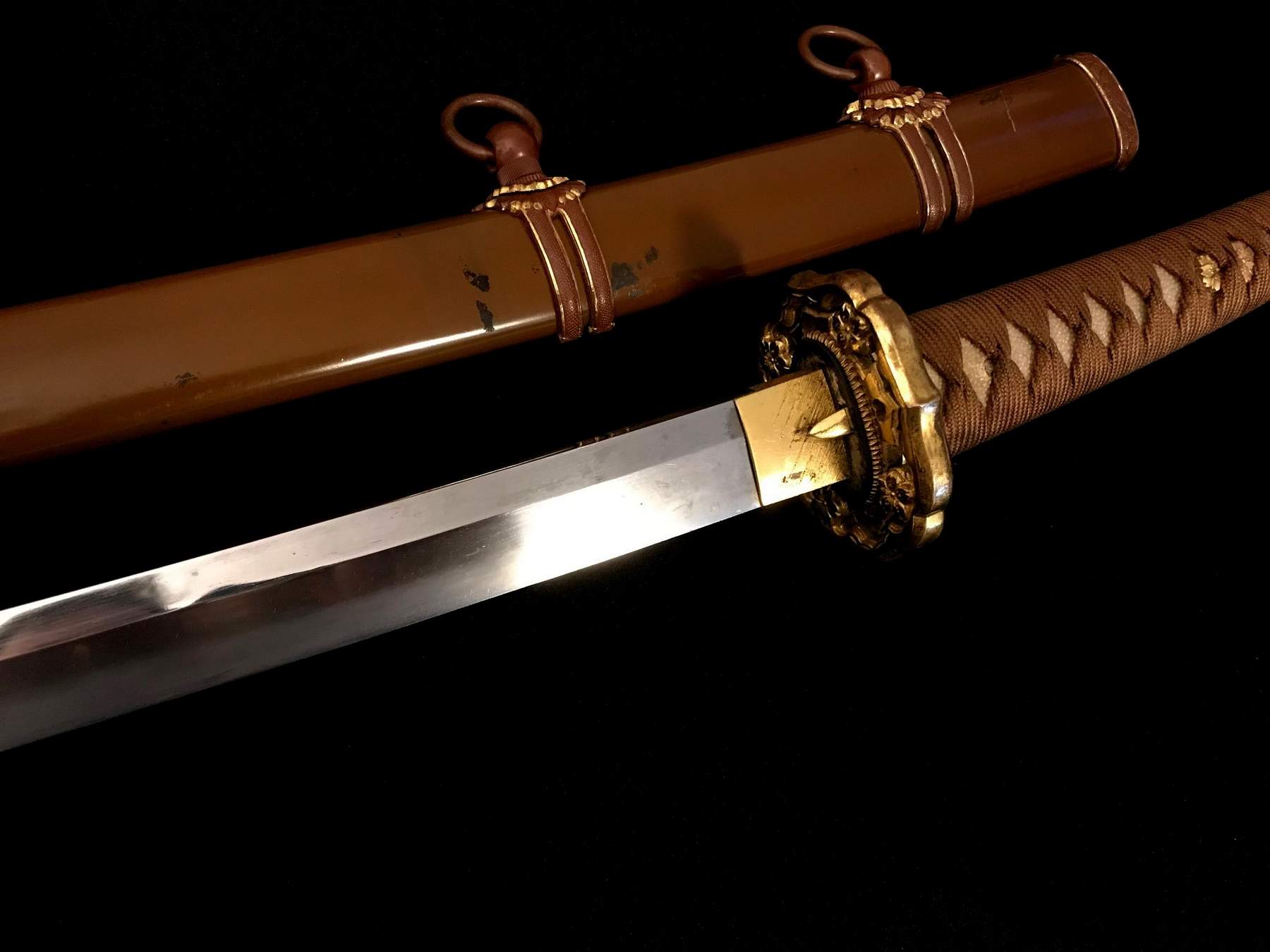The Katana Majesty, a revered and iconic Japanese sword, is a symbol of unparalleled craftsmanship and symbolic power. The creation of a katana is a meticulous process that goes beyond the mere forging of a weapon; it is an art form deeply rooted in Japanese culture and tradition. The design of the katana is laden with symbolic significance, reflecting the spiritual and philosophical principles of the samurai warriors who wielded these blades. The blade itself is a testament to the delicate balance between strength and flexibility, with a sharp edge that can effortlessly cut through obstacles while maintaining a graceful curvature. This balance mirrors the samurai’s pursuit of harmony and discipline in both mind and body. One of the most distinctive features of the katana is the intricate hamon, the wavy line that runs along the blade’s edge.
This unique pattern is a result of the differential hardening process, where the edge is heated and then rapidly cooled, creating a stark contrast between the hard, sharp edge and the softer, more flexible spine. The hamon not only enhances the blade’s functionality but also serves as a visual representation of the katana’s duality – the coexistence of strength and resilience. The tsuba, or handguard, of the katana is another element of its design that holds profound symbolism. Crafted in various shapes and styles, the tsuba is not merely a protective component but a canvas for artistic expression. Intricate engravings often depict scenes from nature, mythology, or samurai legends, encapsulating the essence of the warrior’s journey. The careful selection of materials for the tsuba, such as iron, bronze, or even precious metals, adds to the aesthetic and symbolic value of the katana. The tsuka, or hilt, is meticulously wrapped in silk or leather, not just for practical grip but as a representation of the warrior’s connection to their weapon.
The menuki, small ornaments on the handle, often depict symbols of good fortune, loyalty, or courage, further imbuing the katana with layers of meaning. The fuchi and kashira, the collar and pommel of the hilt, provide additional opportunities for artistic expression, contributing to the overall beauty and symbolism of the sword. Beyond its physical attributes, the katana embodies the samurai code of Bushido – the way of the warrior. It is a symbol of honor, loyalty, and discipline. The act of drawing the katana, known as Iaido, is not just a martial technique but a ritual that reflects the warrior’s readiness and mindfulness. The katana’s symbolic power extends beyond the battlefield, as it becomes a reflection of the samurai’s character and a reminder of their commitment to a higher purpose. In conclusion, the Katana Majesty is more than a weapon; it is a profound representation of japanese sword artistry, culture, and the warrior’s spirit. Its symbolic power, encapsulated in the intricate designs and craftsmanship, continues to captivate and inspire, serving as a timeless emblem of the samurai legacy.

